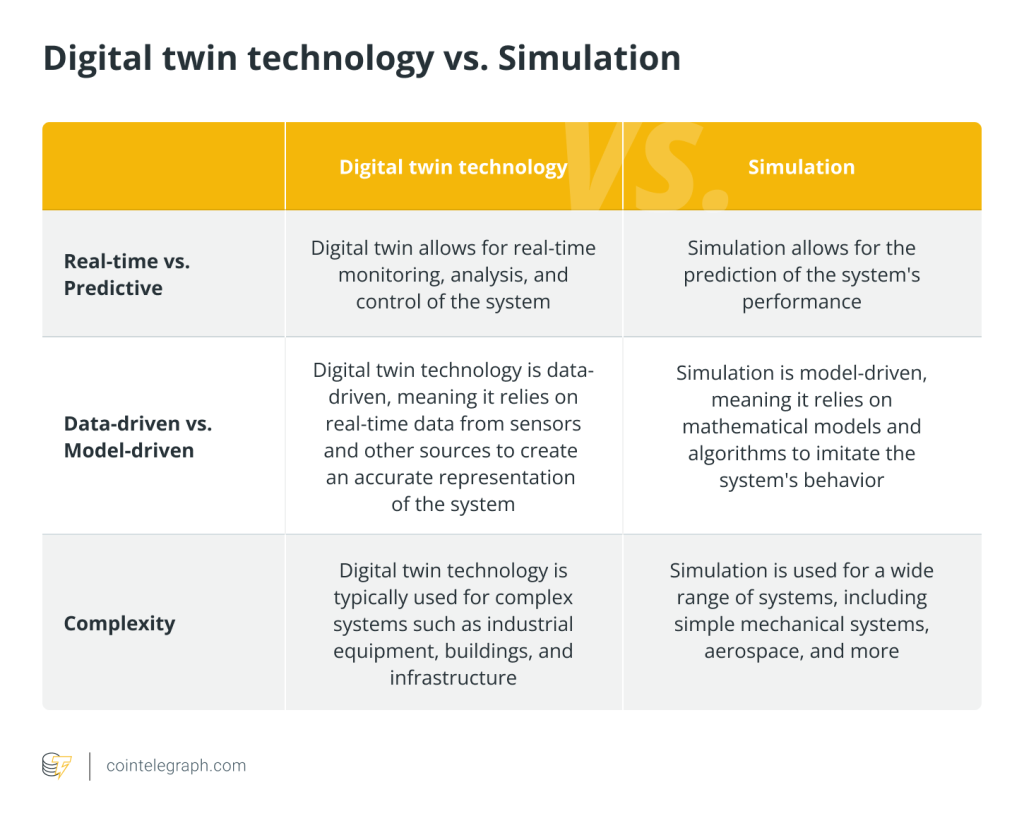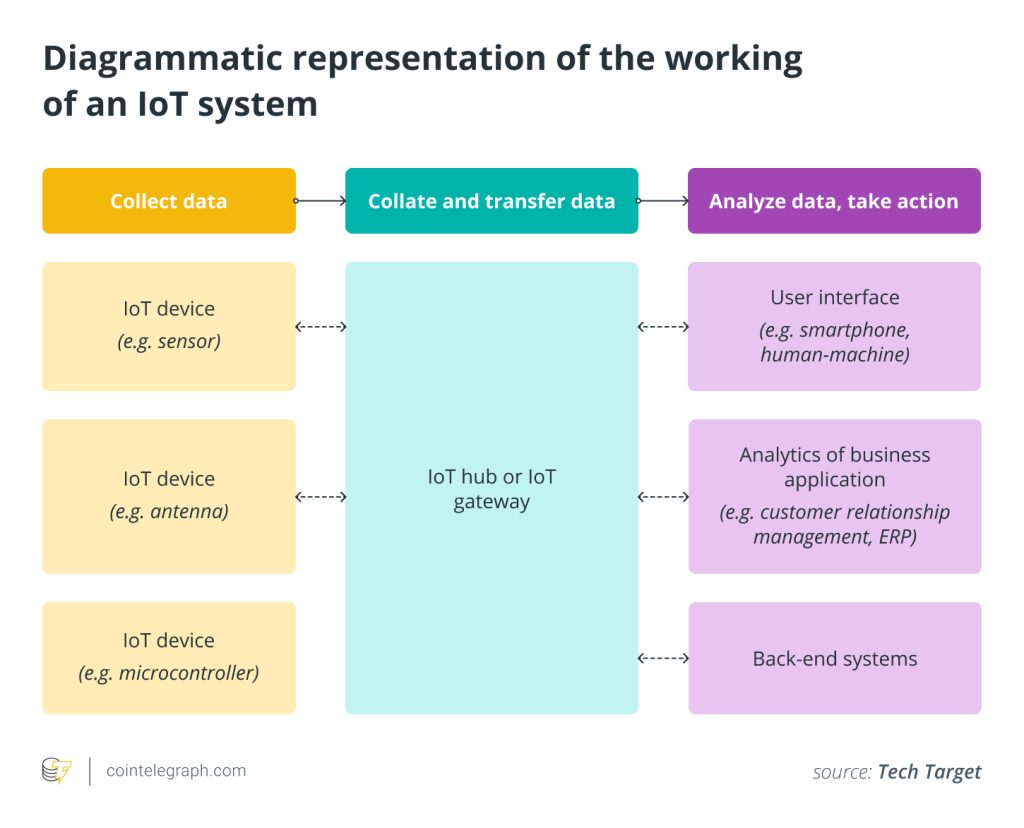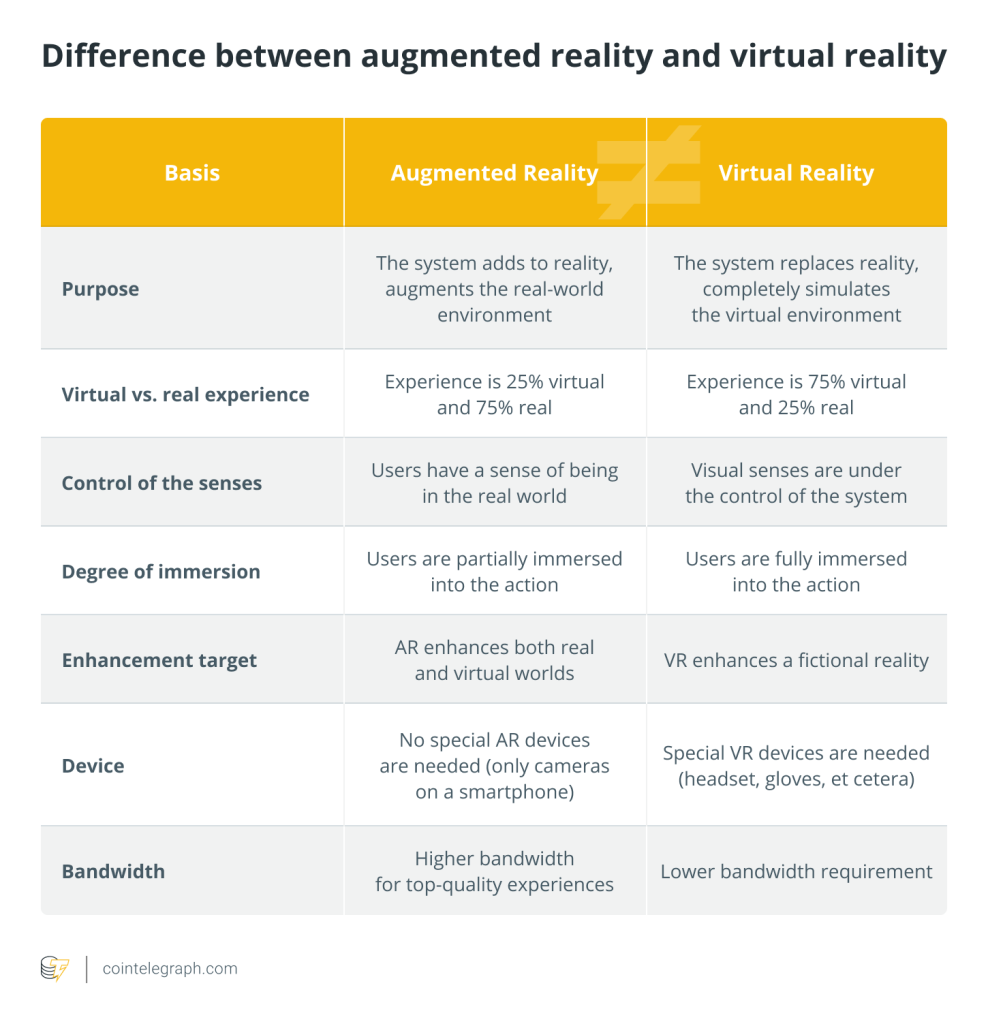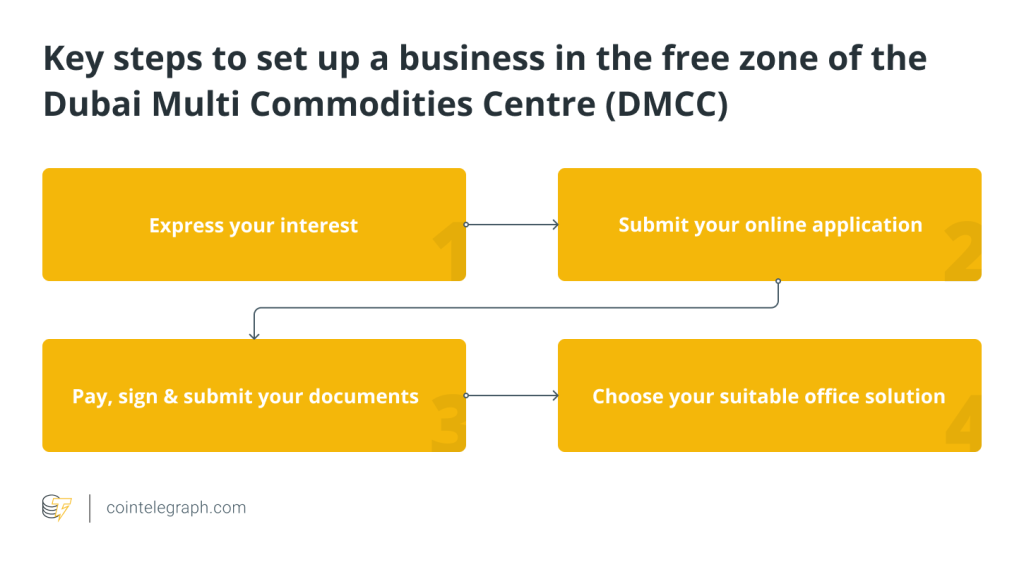What is a digital twin, and how does it work?


What is a digital twin?
A digital twin is a virtual replica of a physical object, system or process. It is a digital representation of a real-world entity that can be used to simulate and analyze the behavior and performance of the physical counterpart. Digital twins are often used in manufacturing, construction and other industries to improve efficiency, reduce costs, and optimize performance.
A digital twin can be used to simulate the behavior of a physical object or system under different conditions, such as stress, wear or environmental factors. This allows engineers and designers to test and optimize the performance of a product before it is built, which can help to reduce costs and improve efficiency. In addition, digital twins can be used to monitor and analyze the performance of a physical object or system in real-time, which can help to identify problems and improve maintenance and repair.
Digital twins can be created using a variety of technologies, including sensor data, 3D modeling, and artificial intelligence (AI). They can also be integrated with other technologies, such as the Internet of Things (IoT) and virtual reality (VR), to create immersive and interactive experiences. But who invented digital twin technology?
With the release of Mirror Worlds by David Gelernter in 1991, the concept of digital twin technology was first presented. However, the technology has evolved over time, with different people and organizations contributing to its development. The term “digital twin” was first coined by Dr. Michael Grieves, a professor at the University of Michigan, in 2002.
He defined it as “a virtual representation of a physical object or system throughout its life cycle.” The concept of creating a digital replica of physical objects, systems and processes, however, has been around for decades, with early examples dating back to the 1960s and 70s.
The development of digital twin technology has been driven by advancements in technology, such as the IoT, AI and cloud computing, which have made it possible to collect, store and analyze large amounts of data. The increasing use of simulation and modeling tools in various industries, such as manufacturing and construction, also played a key role in the development of digital twin technology.
This article will discuss what a digital twin does, the benefits and risks of digital twin technology, and how digital twin technology and blockchain technology can be used together.
How does a digital twin work?
A digital twin works by creating a virtual model of physical assets, a system or a process. This replica is created using a combination of 3D modeling, sensor data and artificial intelligence. The whole process works as follows:
- 3D modeling: A digital twin begins with a 3D model of the physical object or system. This model can be created using computer-aided design software or other 3D modeling tools.
- Sensor data: The digital twin is then populated with sensor data, which is collected from the physical object or system. This data includes information on the object’s or system’s physical properties, such as size, shape and material. It also includes data on the object’s or system’s performance, such as temperature, pressure and vibration.
- Artificial intelligence: The digital twin is then integrated with AI algorithms, which are used to simulate and analyze the behavior of the physical object or system. These algorithms can predict how the object or system will behave under different conditions and identify potential problems before they occur.
- Simulation: Once the digital twin is created and populated with sensor data, it can be used to simulate the behavior of the physical object or system under different conditions, such as stress, wear or environmental factors. This allows engineers and designers to test and optimize the performance of a product before it is built, which can help to reduce costs and improve efficiency.
- Real-time monitoring: The digital twin can also be integrated with the IoT to monitor the physical object or system in real-time. This allows for real-time monitoring and analysis of the performance of the object or system, which can help to identify problems and improve maintenance and repair.
One example of digital twin technology in action is the manufacturing industry. A company that produces complex machinery, such as a wind turbine, can use digital twin technology to create a virtual replica of the turbine. This replica can be used to simulate the behavior of the turbine under different conditions, such as wind speed and direction. Engineers and designers can use the digital twin to test and optimize the performance of the turbine before it is built, which can help to reduce costs and improve efficiency.
Once the turbine is built and put into operation, sensor data can be collected from the physical turbine and used to update the digital twin in real-time. This allows for real-time monitoring and analysis of the turbine’s performance, which can help to identify potential problems and improve maintenance and repair. By using the digital twin, the company can predict when a component might fail and schedule maintenance before it occurs, reducing downtime and increasing overall productivity.
Types of digital twins
There are several different types of digital twins, each with its own specific use cases and applications:
- Product digital twin: This type of digital twin is used to simulate and optimize the performance of a product before it is built. It allows engineers and designers to test and evaluate different design options and identify potential problems before the product is manufactured.
- Process digital twin: It is used to simulate and optimize the performance of a process, such as a manufacturing or construction process. It allows operators and managers to identify bottlenecks, improve efficiency, and reduce costs.
- Asset digital twin: An asset digital twin is used to monitor and analyze the performance of a physical asset, such as a machine or a building. It allows for real-time monitoring and analysis of the asset’s performance, which can help to identify problems and improve maintenance and repair.
- City digital twin: This type of digital twin is used to simulate and optimize the performance of a city or urban area. It allows city planners and managers to analyze and plan for different scenarios, such as traffic flow, emergency response and population growth.
- Human digital twin: Human digital twin is used to simulate and analyze the behavior and performance of a human, such as a soldier, athlete or patient. It allows for testing and evaluating different scenarios and conditions, such as physical stress, medical treatment and rehabilitation.
- Intelligent digital twin: An intelligent digital twin is used to create a replica of an object or system that is equipped with AI capabilities, such as the ability to learn and self-optimize over time.
These are just some examples of the different types of digital twins; the technology is constantly evolving, and new use cases and applications are emerging.
Virtual reality vs. digital twin technology
Virtual reality and digital twin technology are related but distinct fields. However, they can be complementary in some applications, such as training, design and optimization. Virtual reality refers to the use of computer technology to create a simulated or immersive environment that can be experienced through a headset or other devices.
It provides a way for users to interact with and experience a digital environment as if it were real through the use of visual, auditory and haptic feedback. VR is often used for gaming, entertainment and training, as well as for more practical applications, such as design and visualization, therapy and education.
On the other hand, digital twin technology refers to the use of computer technology to create a virtual replica of a physical object, system or process. It is used to simulate and analyze the behavior and performance of the physical counterpart, allowing for optimization, performance monitoring and prediction of potential issues. It is often used in manufacturing, construction and other industries to improve efficiency, reduce costs and optimize performance.
Digital twin technology vs. simulation
Digital twin technology refers to the digital representation of a physical system, which can be used to monitor, analyze and control the system in real-time. Simulation, on the other hand, refers to the use of computer models to imitate the behavior of a physical system in order to predict its performance.
Digital twin technology and simulation are both related to the digital representation of physical systems, but there are some key differences between the two, as listed in the table below.

Advantages of digital twin technology
Digital twin technology is being applied to various industries and sectors, and it has the potential to bring significant benefits to organizations and individuals by improving efficiency, reducing costs and making more informed decisions. It has several advantages, including:
- Improved efficiency: Digital twin technology allows for the simulation and optimization of physical objects, systems and processes, helping to identify problems and inefficiencies before they occur, reducing downtime and increasing overall productivity.
- Cost savings: It can help reduce costs by allowing for the testing and optimization of products and processes before they are built, which can help to reduce the need for costly prototypes and physical testing.
- Real-time monitoring: Digital twin technology can be integrated with the IoT to monitor and analyze the performance of a physical object or system in real-time, which can help to identify problems and improve maintenance and repair.
- Predictive maintenance: The technology allows for the prediction of potential problems with physical objects or systems, which can help to reduce downtime and improve overall maintenance.
- Better decision-making: It can help to provide more accurate and detailed information about a physical object or system, which can help to inform better decision-making.
- Improved safety: Digital twin technology can help to identify potential safety hazards and help to improve safety in the physical world.
- Better collaboration: It allows for better collaboration between different departments and stakeholders, as it provides a common platform for data sharing, analysis and decision-making.
- Remote access: Digital twin technology allows for remote access to physical objects or systems, which can help to improve accessibility and reduce the need for travel.
Risks of digital twin technology
Like any technology, digital twin technology has its own set of risks and challenges. Here are a few examples:
- Cybersecurity risks: Digital twin technology relies on the collection and storage of large amounts of data, which can make it vulnerable to cyberattacks. This can include hacking, data breaches and unauthorized access to sensitive information.
- Dependence on data quality: The accuracy and reliability of the digital twin depend on the quality of the data that is used to create it. If the data is inaccurate or incomplete, the digital twin will not be an accurate representation of the physical object or system it represents.
- Privacy concerns: Digital twin technology can collect and store sensitive information, such as personal data, which raises concerns about privacy and data protection.
- Complexity: It can be complex to implement and maintain, requiring specialized skills and knowledge. This can make it difficult for organizations to fully take advantage of its benefits.
- Integration: It can be difficult to integrate with existing systems and processes, which can make it challenging for organizations to fully take advantage of its capabilities.
- Lack of standardization: Digital twin technology is still a relatively new field, and there is currently a lack of standardization in terms of the data and formats used to create and store digital twins.
- Ethical concerns: Digital twin technology raises ethical concerns, such as the use of digital twins to simulate and test scenarios that could be harmful in the real world.
- Limited scalability: Digital twin technology may not be able to handle large or complex systems, which can limit its usefulness in some cases.
It is essential for organizations to be aware of the potential risks and challenges associated with digital twin technology and take steps to mitigate them, such as implementing robust cybersecurity measures, ensuring data quality and being transparent about the use and storage of data. Additionally, it’s important for organizations to be aware of the ethical and legal implications of digital twin technology and to ensure that they are.
Can digital twin and blockchain technologies be amalgamated?
Digital twin technology and blockchain technology can be used together in various ways, such as:
- Supply chain management: Digital twin technology can be used to create virtual replicas of physical products and assets, with blockchain technology creating a secure and transparent record of the product’s or asset’s journey through the supply chain.
- Smart contracts: Digital twin technology can be used to create virtual replicas of assets and monitor their performance, while blockchain technology can be used to automate smart contracts that govern the transfer of ownership, usage rights and other details of the assets.
- Quality control: Blockchain technology can be used to create a tamper-proof record of a product’s quality control history, allowing for traceability and transparency, while digital twin technology can be used to simulate the behavior of physical products.
- Wallet management: Digital twin technology can be used to create virtual replicas of cryptocurrency wallets, allowing for the simulation and analysis of the wallet’s behavior and performance. This can help to identify potential vulnerabilities and improve the security of the wallet.
- Asset management: Blockchain technology can be used to create a tamper-proof record of the asset’s ownership, usage rights and other details, whereas digital twin technology can be used to monitor and analyze the performance of physical assets.
- Real estate: Blockchain technology can be used to create a tamper-proof record of digital land, whereas digital twin technology can be used to create virtual replicas of real estate properties.
- Digital identity: Digital twin technology can be used to create a virtual replica of an individual, while blockchain technology can be used to create a tamper-proof record of the individual’s digital identity, allowing for secure and transparent verification of identity.
Therefore, the use of digital twin technology and blockchain technology together can provide a more secure, transparent and efficient way of managing and tracking physical assets and products, allowing for better monitoring and decision-making.
The future of digital twin technology
Digital twin technology is a rapidly evolving field, and it is expected to have a significant impact on various industries and sectors in the future. For instance, digital twin technology is expected to play an increasingly important role in Industry 4.0, the Fourth Industrial Revolution, which is characterized by the integration of advanced technologies, such as IoT, AI and big data, in manufacturing and other industries.
Additionally, it is expected to be increasingly integrated with other technologies, such as the Internet of Things, artificial intelligence and virtual reality, to create more immersive and interactive experiences. Similarly, with the ability to detect prospective issues and schedule preventive maintenance, digital twin technology is anticipated to be used increasingly frequently in maintenance and repair.
Moreover, digital twin technology is expected to become more realistic with the use of high-resolution 3D models and more advanced AI algorithms, allowing for more accurate simulation and analysis of physical objects and systems.
The usage of digital twin technology is anticipated to increase significantly in simulation and training, enabling more life-like and immersive learning environments. For instance, the construction industry could employ digital twin technology more frequently, as it enables simulation and optimization of building and infrastructure design, construction and operation.
Written by: Onkar Singh






… [Trackback]
[…] Read More to that Topic: x.superex.com/academys/beginner/3166/ […]
… [Trackback]
[…] There you will find 14287 additional Info on that Topic: x.superex.com/academys/beginner/3166/ […]
… [Trackback]
[…] Read More to that Topic: x.superex.com/academys/beginner/3166/ […]
… [Trackback]
[…] Find More to that Topic: x.superex.com/academys/beginner/3166/ […]
… [Trackback]
[…] Read More on that Topic: x.superex.com/academys/beginner/3166/ […]
… [Trackback]
[…] Info on that Topic: x.superex.com/academys/beginner/3166/ […]
… [Trackback]
[…] Here you can find 71581 additional Information on that Topic: x.superex.com/academys/beginner/3166/ […]
… [Trackback]
[…] Information on that Topic: x.superex.com/academys/beginner/3166/ […]
… [Trackback]
[…] Info to that Topic: x.superex.com/academys/beginner/3166/ […]
… [Trackback]
[…] Read More on that Topic: x.superex.com/academys/beginner/3166/ […]
… [Trackback]
[…] There you can find 25939 additional Info on that Topic: x.superex.com/academys/beginner/3166/ […]
… [Trackback]
[…] Here you can find 76751 additional Info to that Topic: x.superex.com/academys/beginner/3166/ […]
… [Trackback]
[…] Information to that Topic: x.superex.com/academys/beginner/3166/ […]
… [Trackback]
[…] Information on that Topic: x.superex.com/academys/beginner/3166/ […]
… [Trackback]
[…] Find More on on that Topic: x.superex.com/academys/beginner/3166/ […]